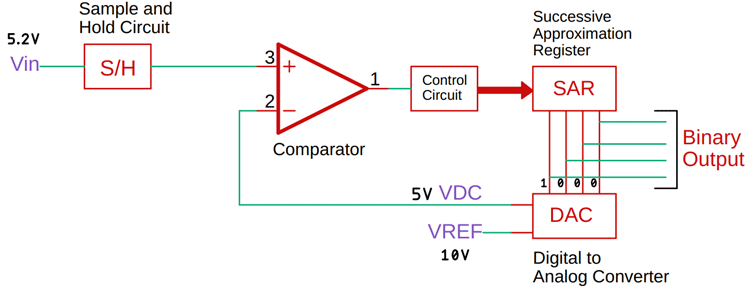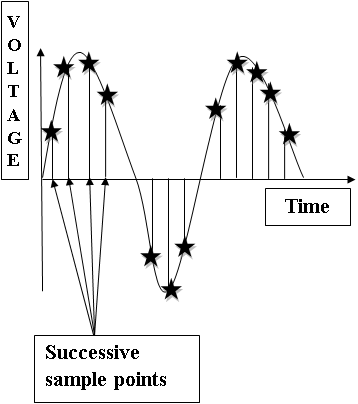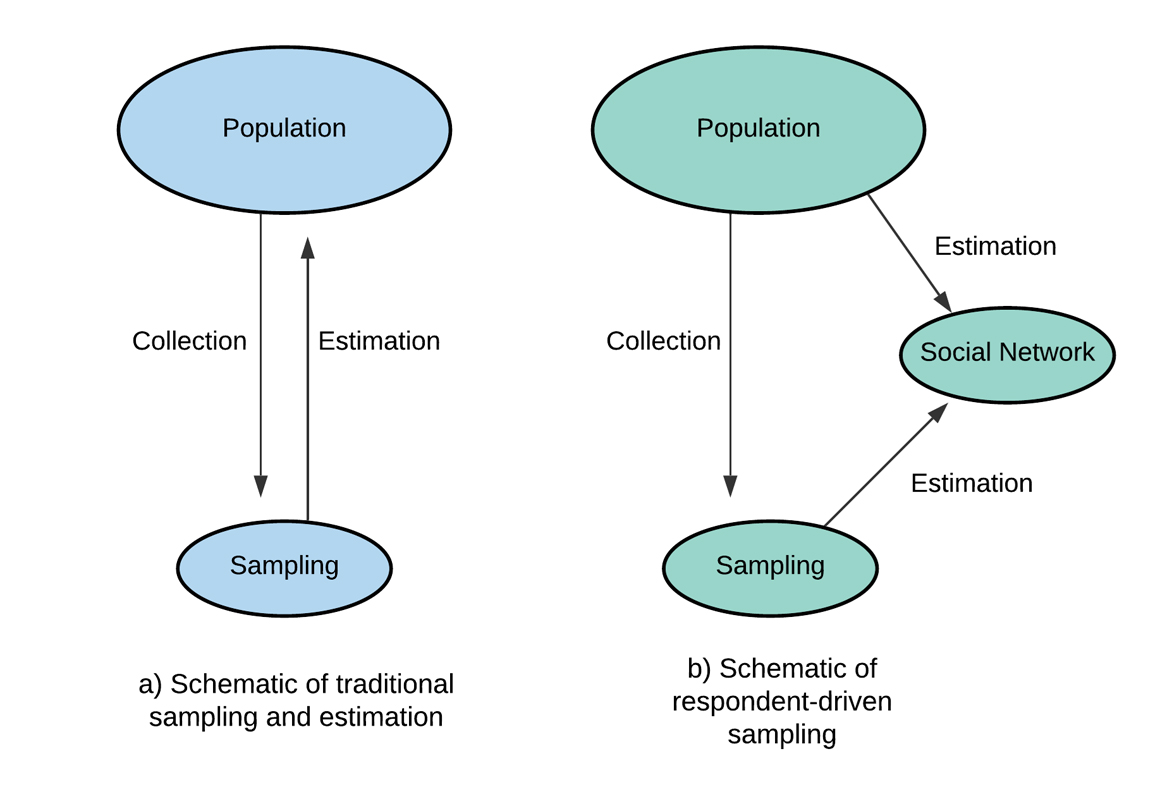A successive independent-samples design was utilized to explore the effects of instruction that explicitly targeted critical thinking principles in either freshman students or sophomores. This would represent a three-stage sampling design.

Research Models Boundless Sociology
The successive independent samples design does not allow researchers to infer.

. We actually have two options. This would represent a two-stage sampling design with the ultimate sampling units being clusters of districts. A problem with the successive independent samples design occurs when the samples drawn from the population are not.
If instead of taking a census of all banks within the selected districts we select certain towns and interview all banks in the chosen towns. If instead of taking a census of all. If the samples are not comparable the changes between samples may be due.
I think for the rest of my life I shall refrain from looking up things. It is important that a the same questions are asked on each occasion. You pull one book from the shelf which carries a hint or a reference that sends you posthaste to another book and that to successive others.
A successive independent samples design assessed market penetration and attitudinal changes among the young people who completed an online questionnaire 1 year after T3. Successive independent samples - different groups measured at different times. Survey research designs Successive independent sample In the successive independent Study Resources.
A successive independent samples design draws multiple random samples from a population at one or more times. A successive-independent-samples design draws multiple random samples from a population at one or more times. Understanding the implications of each type of sample can help you design a better experiment.
A successive independent samples design draws multiple random samples from a population at one or more times. This design can study changes within a population but not changes within individuals because the same individuals are not surveyed more than once. Such studies cannot therefore identify the causes of change.
A successive independent samples design draws multiple random samples from a population at one or more times. Famous quotes containing the words successive independent andor samples. This design can study changes within a population but not changes within individuals because the same individuals are not surveyed more than once.
Discuss the advantages and disadvantages of using a successive independent samples survey design versus a longitudinal design to measure changes in. Successive Independent Samples Design - a series ofcross-sectional studies are conducted over timesuccessively. When comparing groups in your data you can have either independent or dependent samples.
Longitudinal design - same group followed over time. Once the first output sample emerges successive samples will emerge at the sample period rate hiding the effects of a large latency of circuit operation. Conditional reasoning scores of freshman students were not higher than those of sophomores even when the impact of either GPA or self-efficacy was.
The successive independent samples design allows researchers to study changes in a population over time. For successive independent samples designs to be effective the samples must be drawn from the same population and must be equally representative of it. This applies to sampling without replacement ie once an item is selected for the sample it cannot appear in the sample.
A successive-independent-samples design draws multiple random samples from a population at one or more times. This design can study changes within a population but not changes within individuals because the same individuals are not surveyed more than once. Successive independent samples design a type of survey-research design that is a series of cross-sectional designs overtime where different samples of respondents from the same population complete a survey over a period of time in order to describe and observe changes in the population at each point in time noncomparable samples.
The successive independent samples design does not allow researchers to infer how individual respondents have changed over time. Successive Independent Samples Design In the successive independent samples design different samples of respondents from the population complete the survey over a time period. Cross sectional design - one slice of time.
Such studies cannot therefore identify the causes of change over time necessarily. Samples are considered non comparable when. This design can study changes within a population but not changes within individuals because the same individuals are not surveyed more than once.
This makes sense because typical signal processing applications deal with a few million samples of data in every second of operation. Cohort - a group of people exposed to the same set of circumstances especially a group born at the same time. A major threat to the interpretation of results from a successive independent samples design is noncomparable successive samples the potential problem of noncomparable successive samples can arise in the successive independent samples design.
An independent samples design with two groups can be analyzed with either an independent samples t test or a one-way independent samples ANOVARecall from Chapter 10 that parametric tests require assumptions of normality and homogeneity of variance. View successive independentpptx from STATISTICS MISC at National University of Modern Language Islamabad. It is the most ravenous time-snatcher I know.
Suppose that you wanted to obtain a simple random sample of kindergarten children in. A successive independent samples design draws multiple random samples from a population at one or more times. Violence have an effect on aggressive behavior.
The type of samples in your experimental design impacts sample size requirements statistical power the proper analysis and even your studys costs. Discuss the advantages and disadvantages of using a successive independent samples survey design versus a longitudinal design to measure changes in peoples attitudes over time. Such studies cannot therefore identify the causes of change over time necessarily.
The successive independent samples design allows researchers to study changes in a population over time. Successive Independent Samples Studies. Such studies cannot therefore identify the causes of change over time necessarily.

How Does Successive Approximation Sar Adc Work And Where Is It Best Used

Dip Concept Of Sampling Javatpoint

Embossed Business Cards Embossing Debossed Printing Embossed Business Cards Cake Business Cards Embossed Invitations

Mcgraw Hill Wonders Word List Unit 3 Week 1 Kindergarten In 2022 Mcgraw Hill Wonders Teaching Wonder Wonders Reading Programs

Respondent Driven Sampling Advantages And Disadvantages From A Sampling Method Medwave

Termination Letter Excessive Absenteeism Template Google Docs Word Template Net Lettering Letter Size Templates

Outline 1 Definition 2 When And Why To Use Surveys Ppt Video Online Download

0 comments
Post a Comment